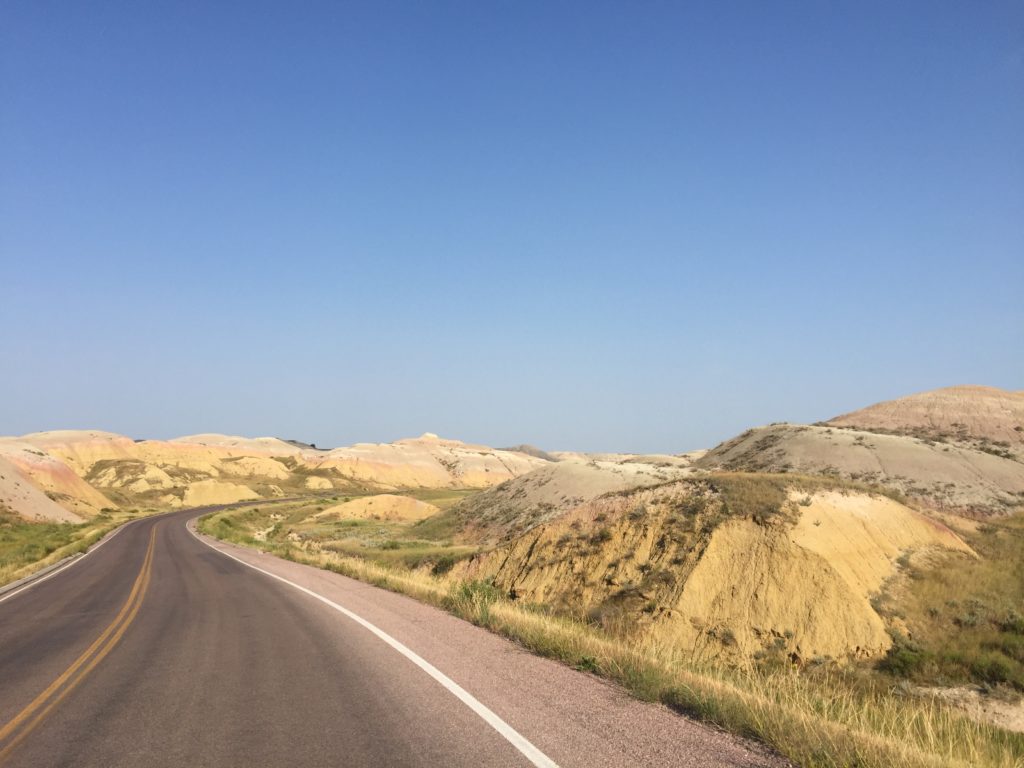We drove through Nebraska, passing small farming towns like Oakdale (pop: 322), Neligh (pop: 1,651), and Valentine (“The Heart City”; pop: 2,803), past John Deere dealerships displaying their best agri-equipment on big lawns. Corn and soy bean fields, giant irrigation equipment, and grain elevators gave way to tree-less grasslands with scattered herds of cattle. We pivoted north into South Dakota, and into our first major Indian reservation called Rosebud. Three interesting sights – a tribal casino (of course), energy-generating wind turbines, and that most small holdings seemed to have stockpiled a number of rusted and broken-down cars alongside their main vehicles.
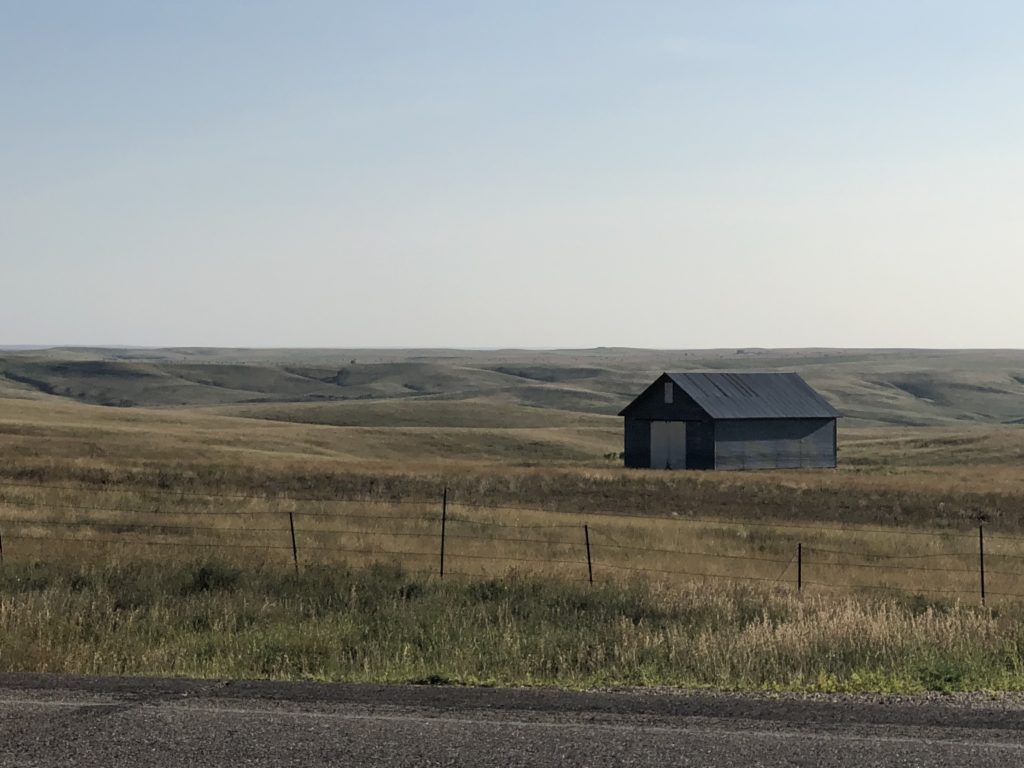
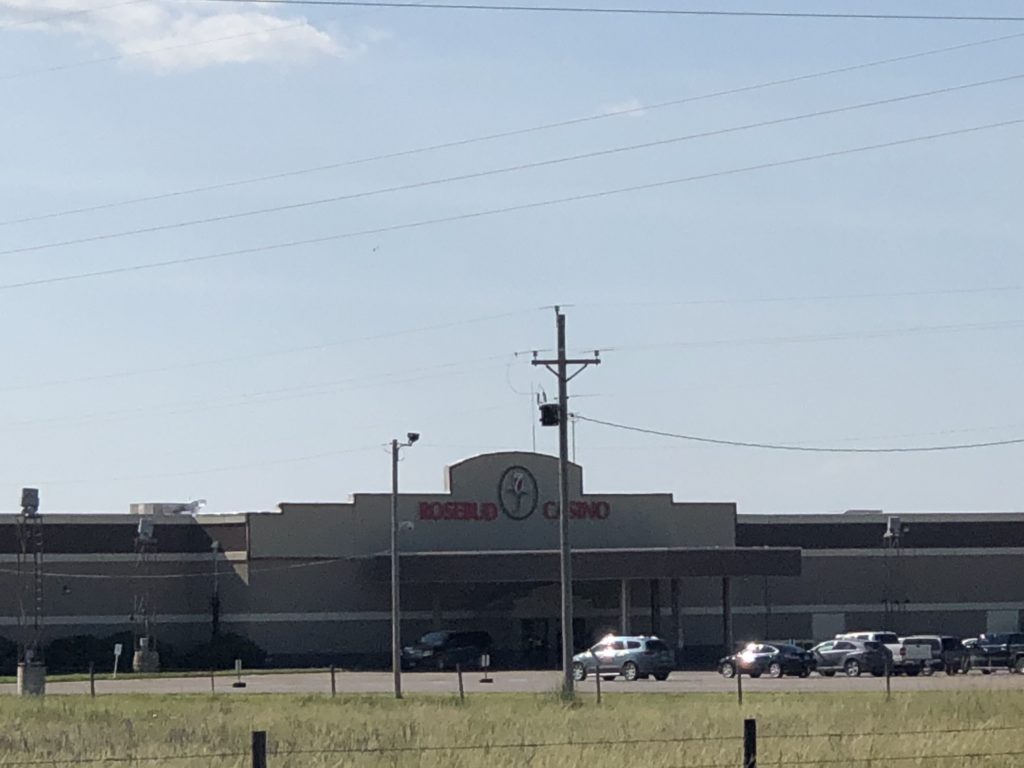
This reservation, as with most reservations in this part of the country, belongs to the Sioux nation of tribes. Sioux tribes are broken down into three groups based on language – Dakota (and thus the state’s name), Lakota, and Nakota. The Rosebud tribe belongs to the Lakota group of tribes. Randomly, Bob Barker of ‘The Price is Right’ is a tribal member. To further twist the tongue, we headed to a small town called Kadoka, a quick stop before entering the Badlands.
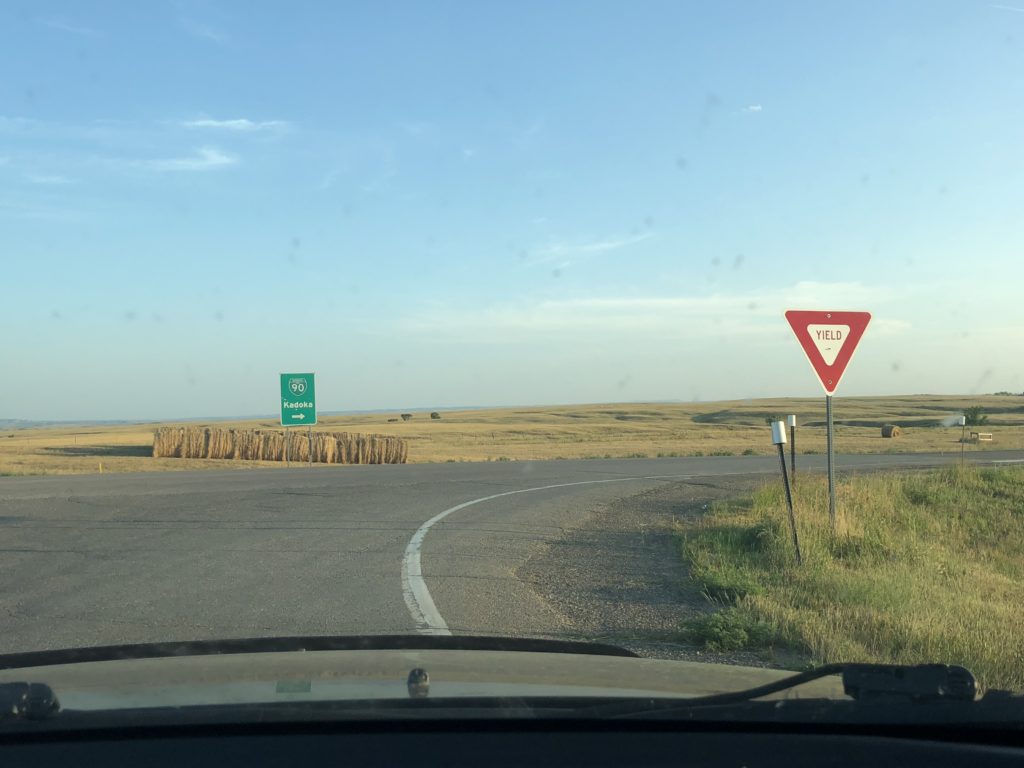

The formation of the Badlands is an awesome story (at least, as I’ve understood it):
You have to start 75 million years ago when a shallow saltwater sea lay over the entire Great Plains area. At the bottom of that sea, over a period of millions of years, mud and dead plants and animals formed layers of gray sedimentary rock. Eons passed and continental plates steadily shoved at each other to produce mountains close by (the Rockies), lifting the Great Plains up above sea level. About 35 million years ago the area became a river flood plain, and each time the river flooded, layers of material was deposited, later forming rock. As the climate dried and cooled, forests gave way to open savannahs, and layers of vegetation and dead animals piled up over millions of years. Lastly came a more violent period, where thick layers of volcanic ash was deposited over the land from nearby eruptions. You’ve now essentially got a big layer cake, one that has been warped and bent a little as continental plates have shifted.
Then, about 500,000 years ago, water began cutting into the land and carving out random ravines and canyons. Wind too began to erode away some of the more exposed rock. This has continued every day since. The result: a fascinating and somewhat earie landscape of barren layered mountain peaks, interspersed with prairie grasslands. Described by architect Frank Lloyd Wright in 1935, “What I saw gave me an indescribable sense of mysterious elsewhere – a distant architecture, ethereal …, an endless supernatural world more spiritual than earth but created out of it”. Spoken like a true ‘creative’, but take a look for yourself:
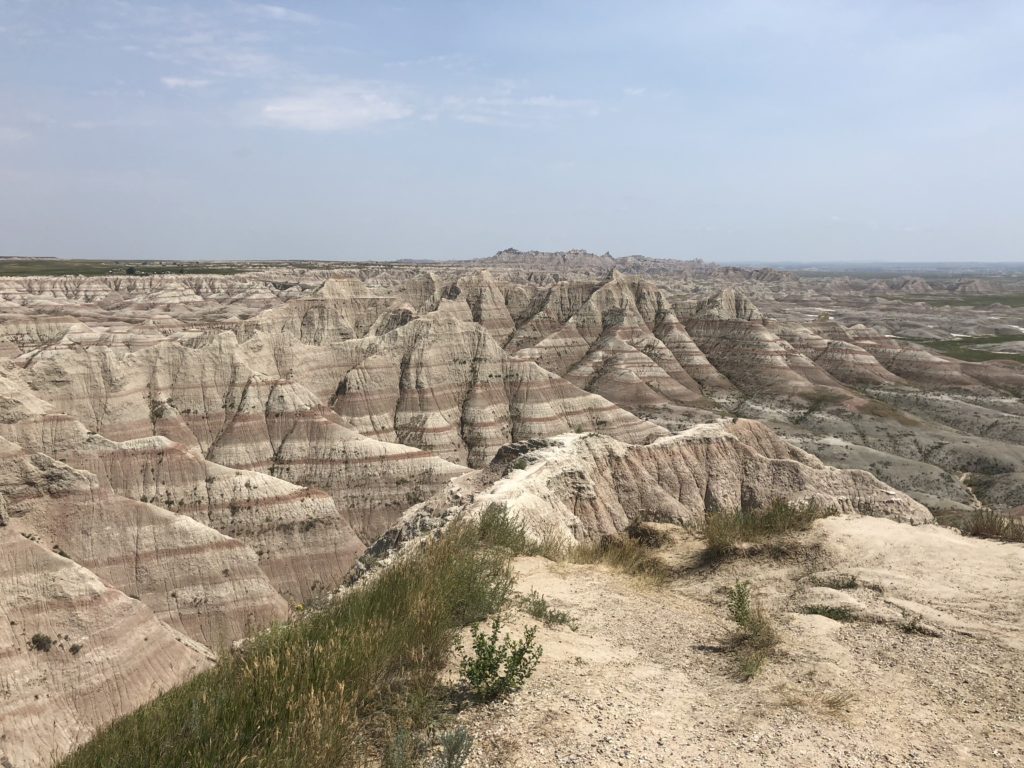
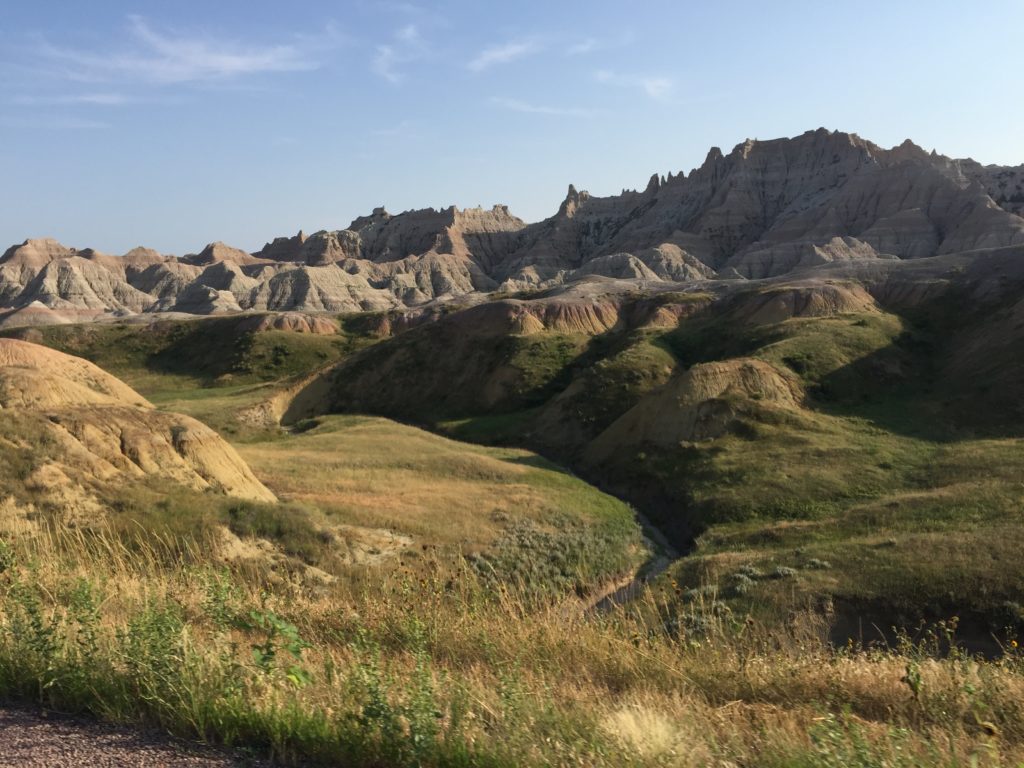
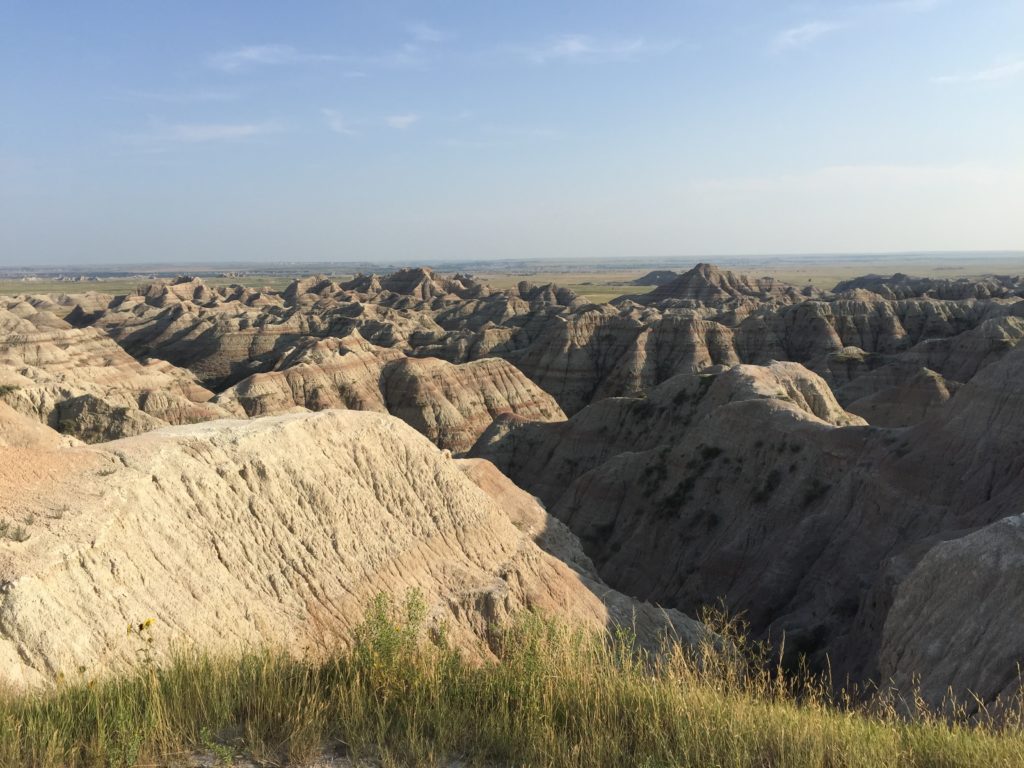
The process of erosion is ongoing. Today, every time it rains or the wind howls, a little more is torn away – at an average rate of 1/3rd of an inch a year. Parts of the Badlands looks desert-like, despite being surrounded by grasslands a few miles an any direction. Getting up close, layers of exposed rock just crumbles when touched.
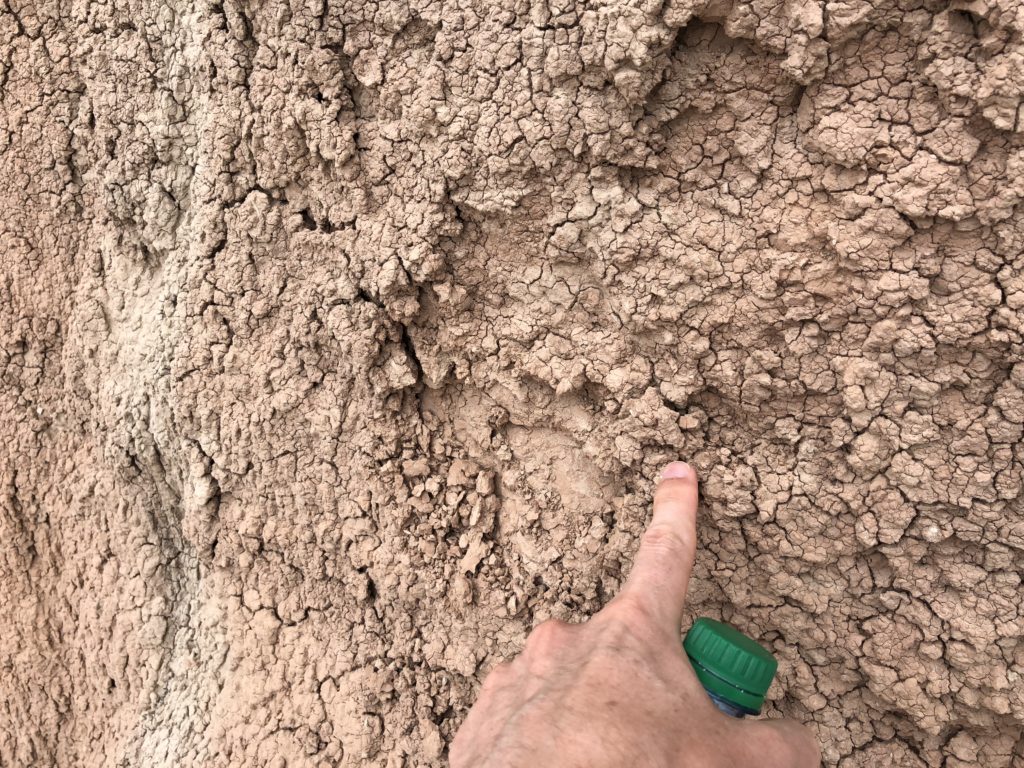

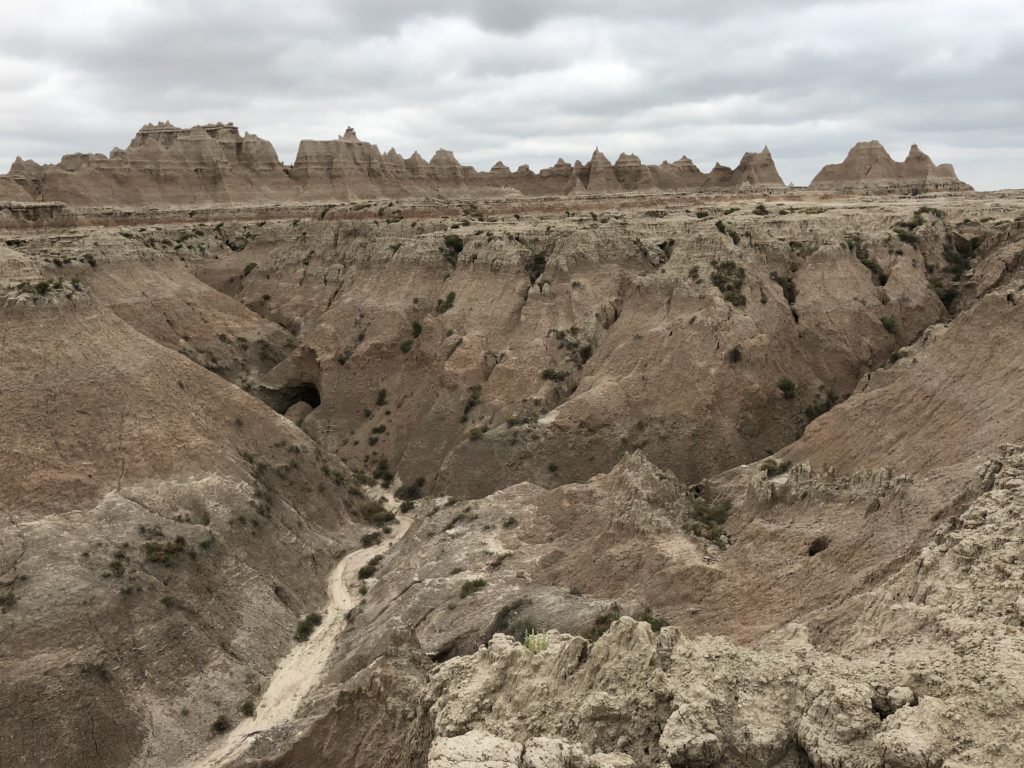
The Badlands National Park has quite a bit of wildlife. We spotted some deer, longhorn sheep, and maybe an eagle, but the winner was the prairie dog … or the clans of prairie dogs we saw all over the place.
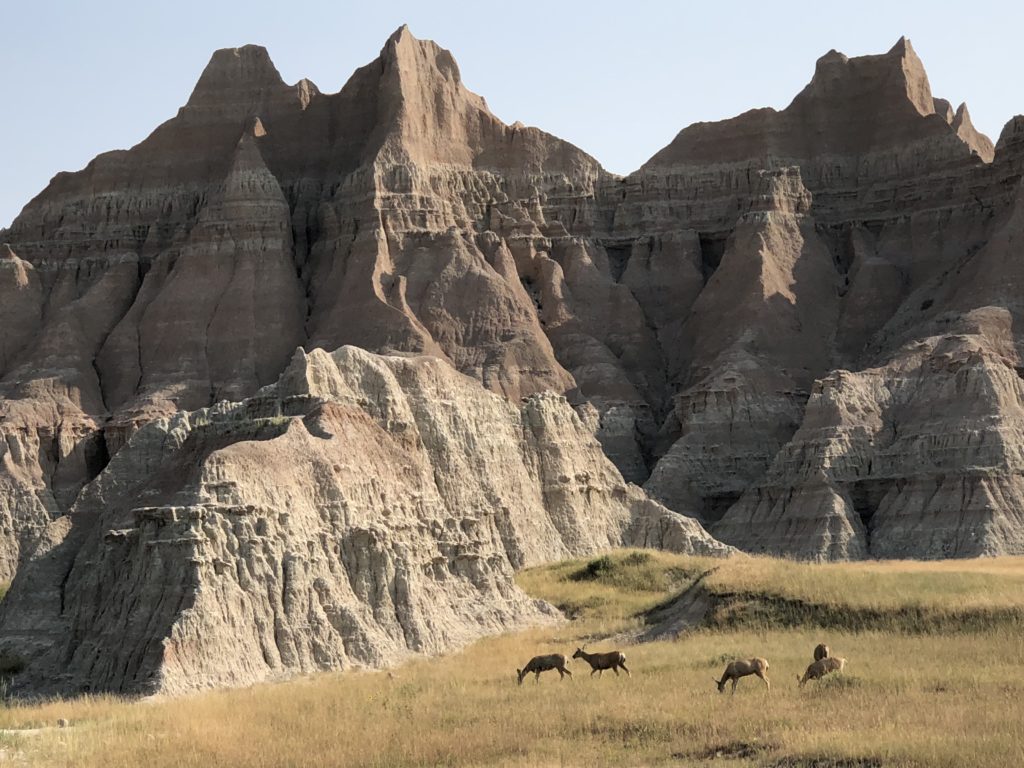
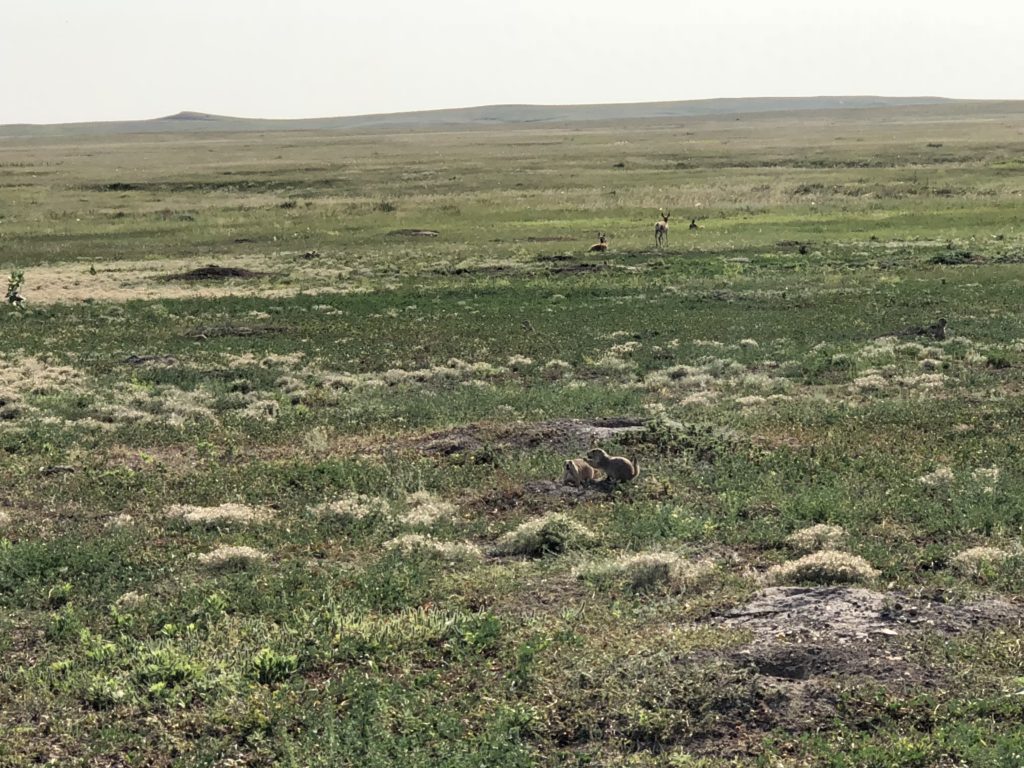
The whole place is ridiculously photogenic, so we went wild.

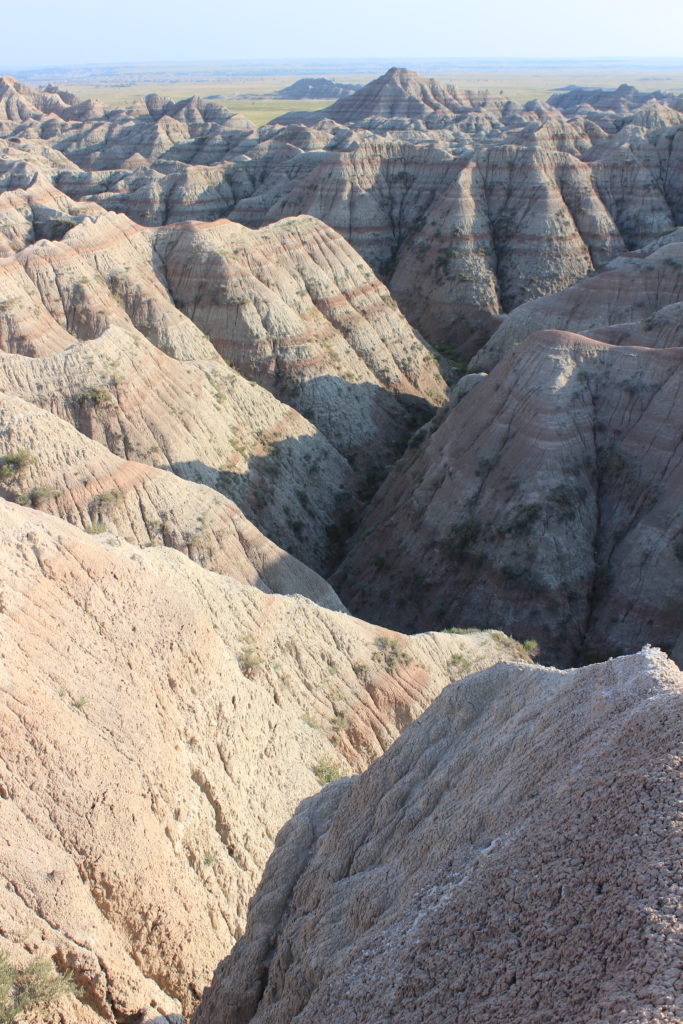
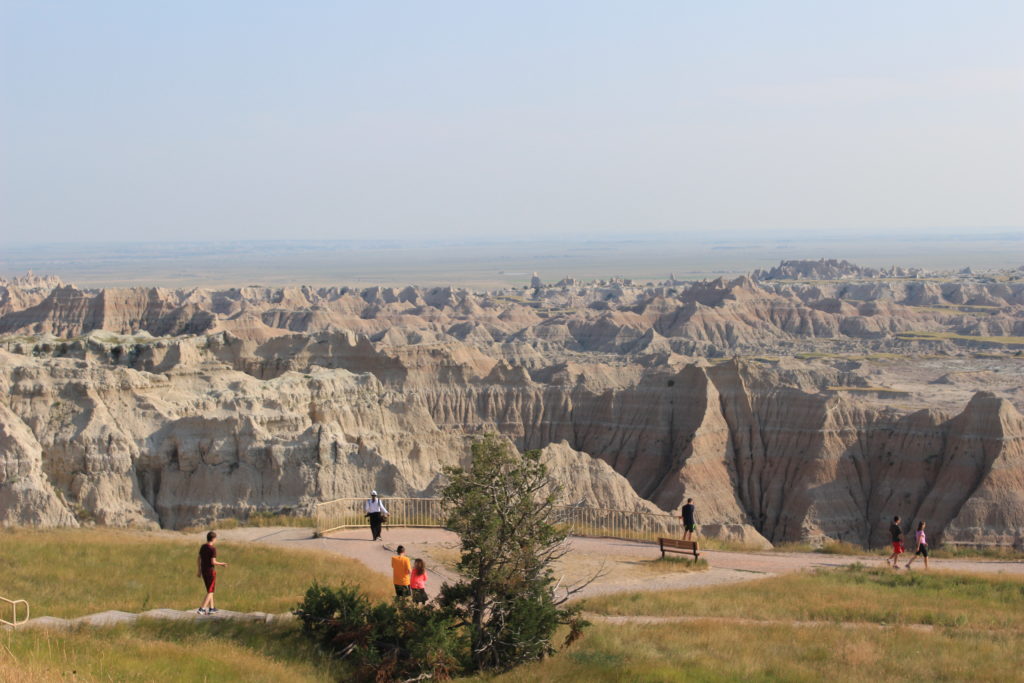
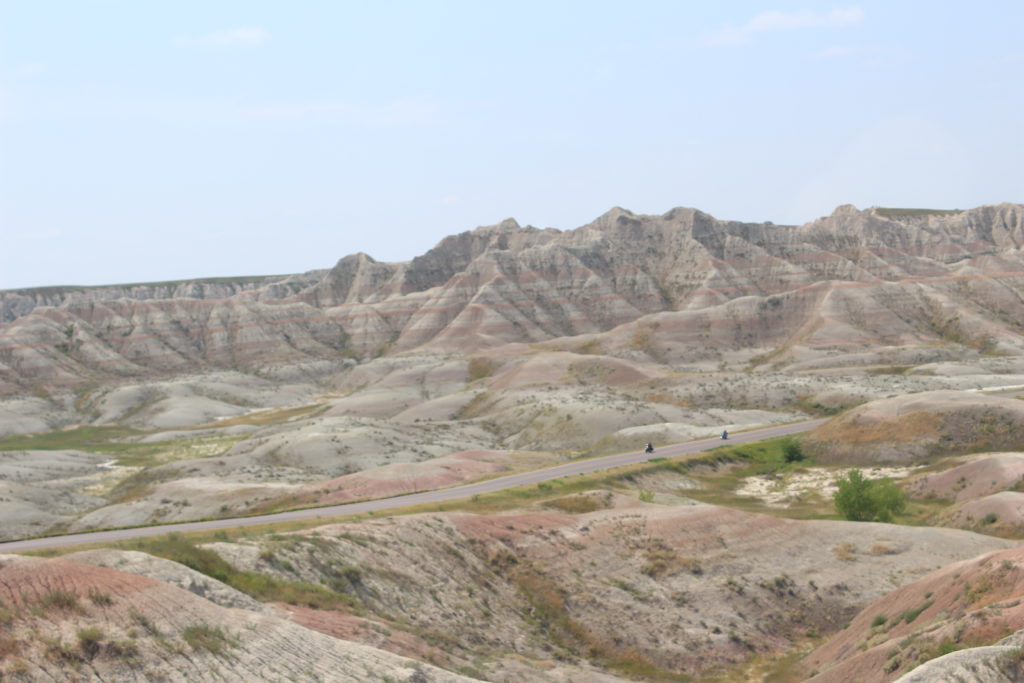

This was also the first time we tried camping. We did a big shop at a Walmart a few days before, finding a 4-person tent, an airbed, two sleeping bags, some pillows, and a lamp – all for a whopping $85 (Walmart is amazing). We then set about learning the mystical ways of the camp goers (which basically involves lots of canned food, early sleeps and early rises).
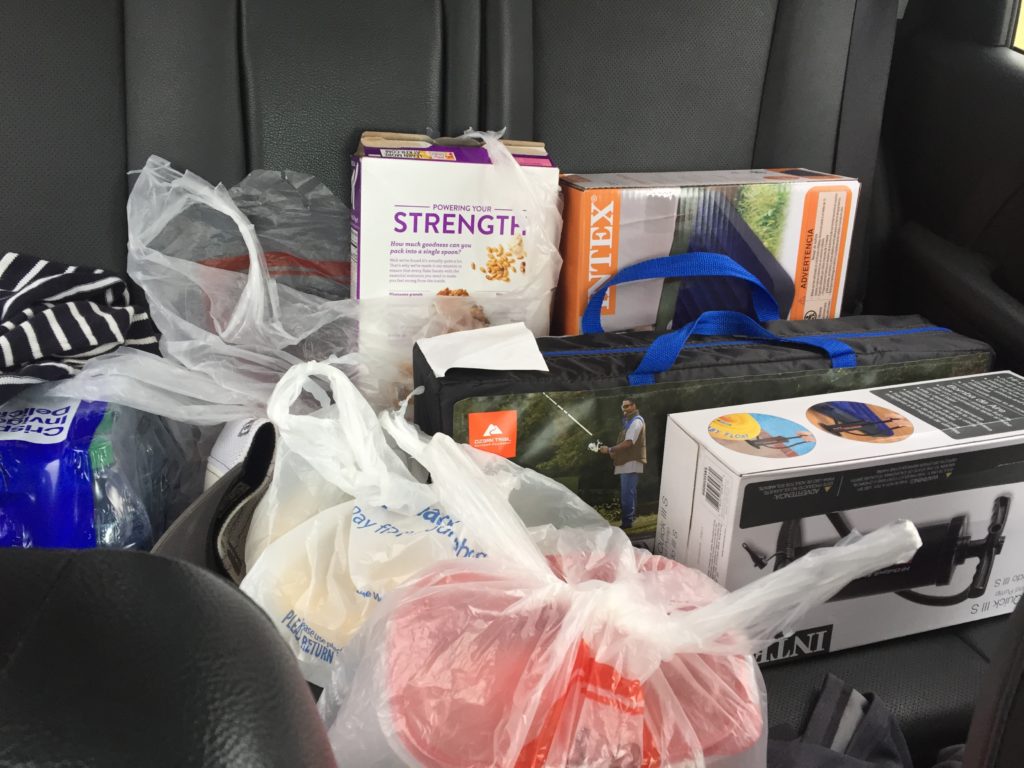
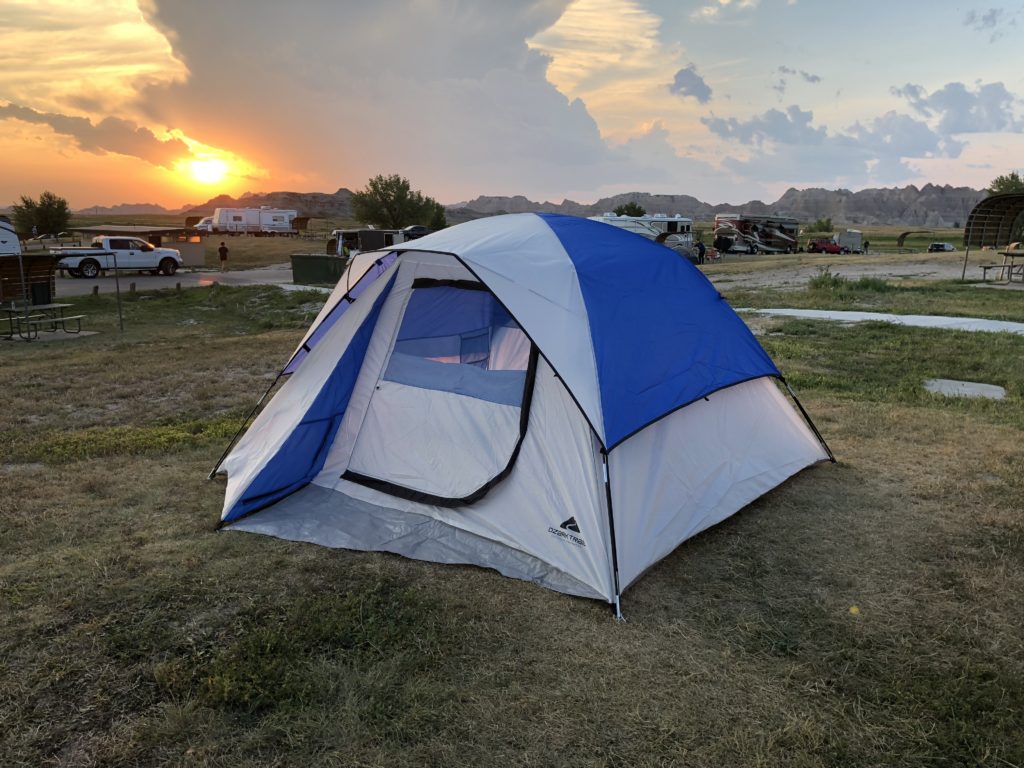
The whole thing was a good experience (i.e. no spiders), and we subsequently camped in quite a few National Parks across North America. The night before we arrived in the Badlands, we landed up in a real dive of a motel in Kadoka. Smelly room, flies in the bathroom, … just the worst. This may have set the hurdle for camping a little lower than it would have been otherwise. In this picture, I’m channeling Joey and Chandler from Friends after their apartment gets robbed:
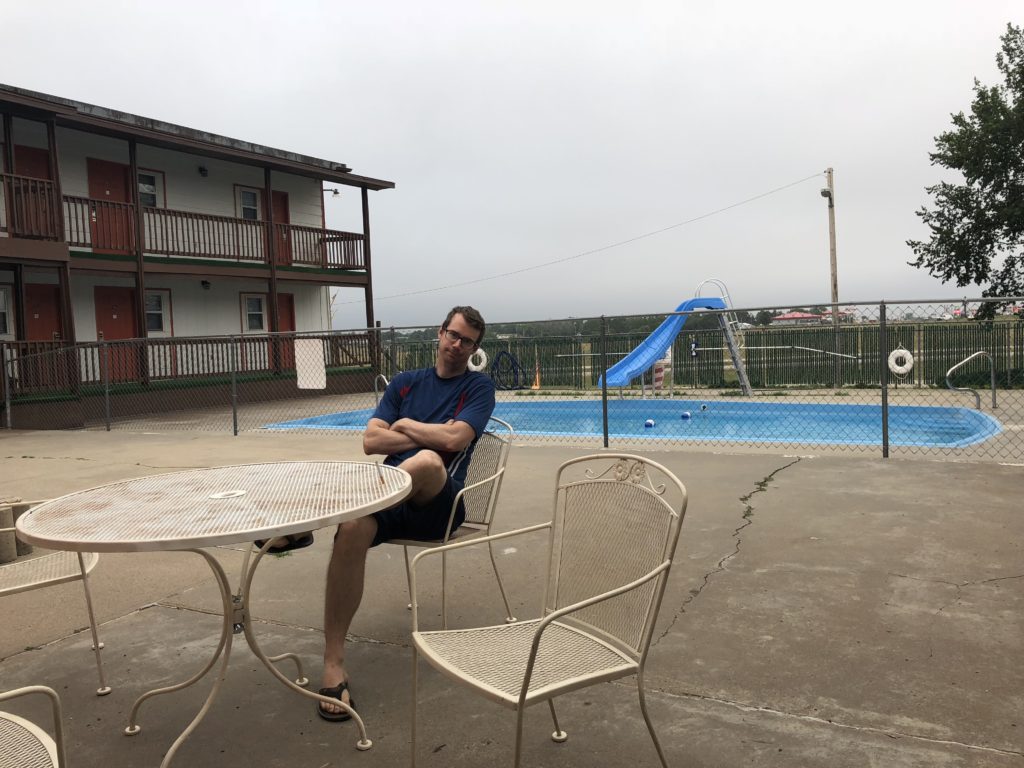
The last thing to mention is a place called Wall Drug. In the 50 miles leading up to the Badlands we saw so many billboards about ‘Wall Drug’, a phrase that means very little without context. Our curiosity piqued, we looked in the guidebook to find that there is a town called “Wall” just outside the Badlands, and that a drugstore called Wall Drug which opened in 1931 and became famous for its unashamed use to gimmicky billboards to attract clientele, like this:
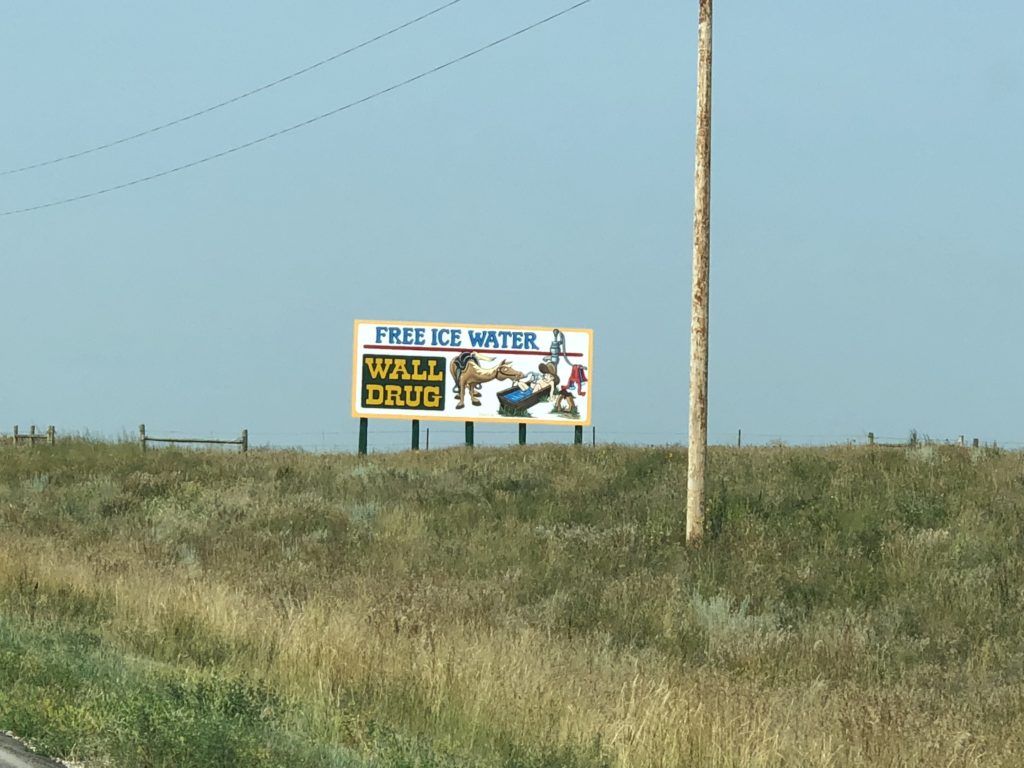
There was a sign for 5c coffee, among other things, and so we decided to check it out. It turns out the pharmacy has expanded into a cheap touristy department store of sorts, or, from a more favorable angle, a classic slice of Americana. I didn’t quite get it, but you can’t fault their marketing department (it was packed).
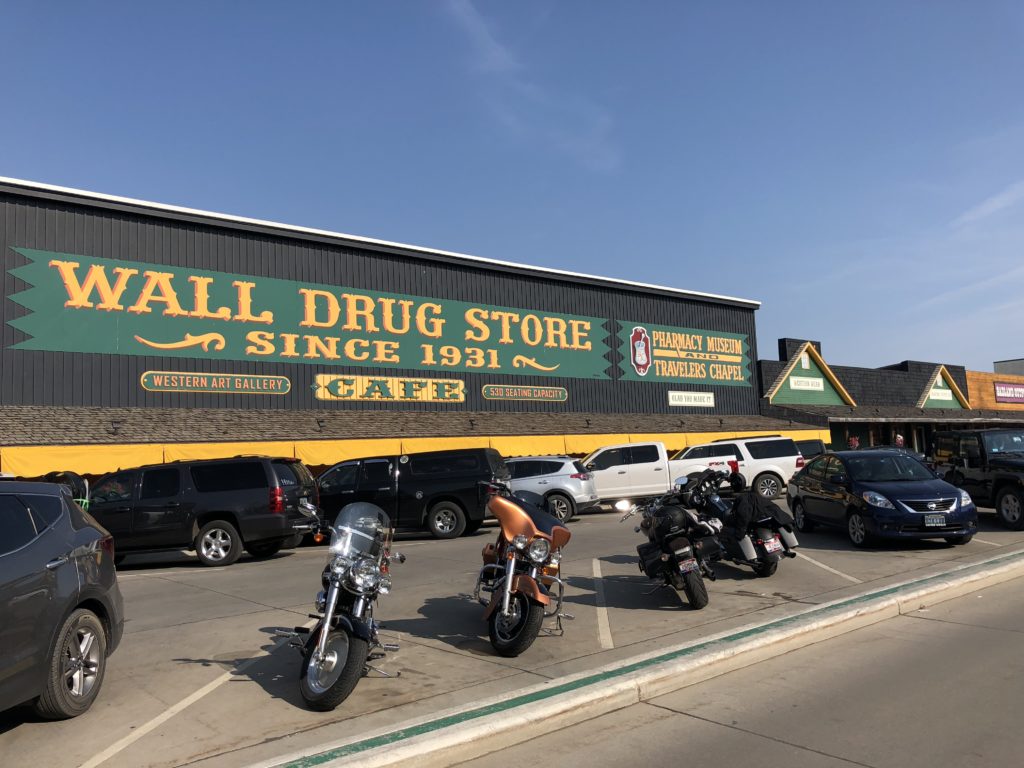
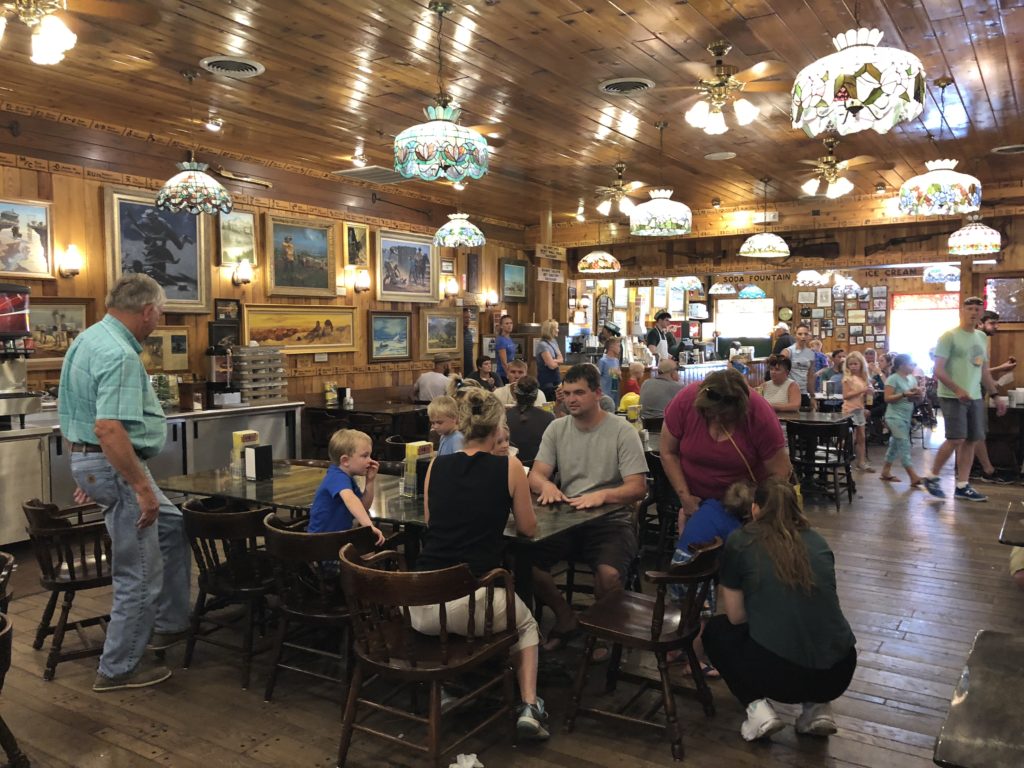
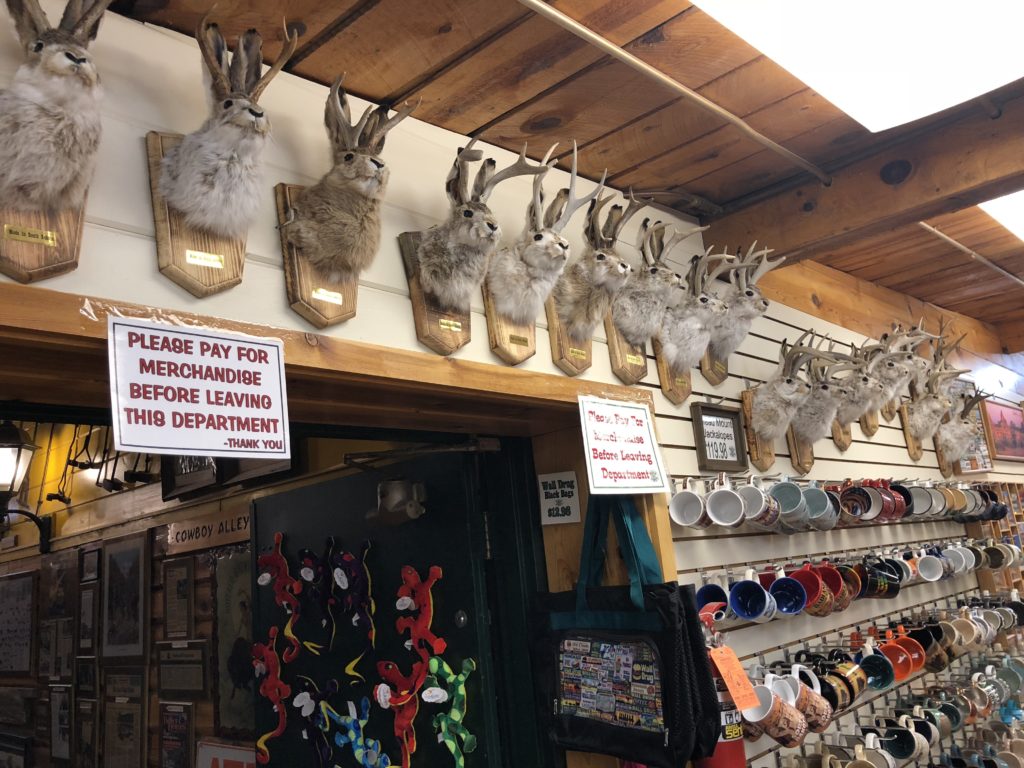
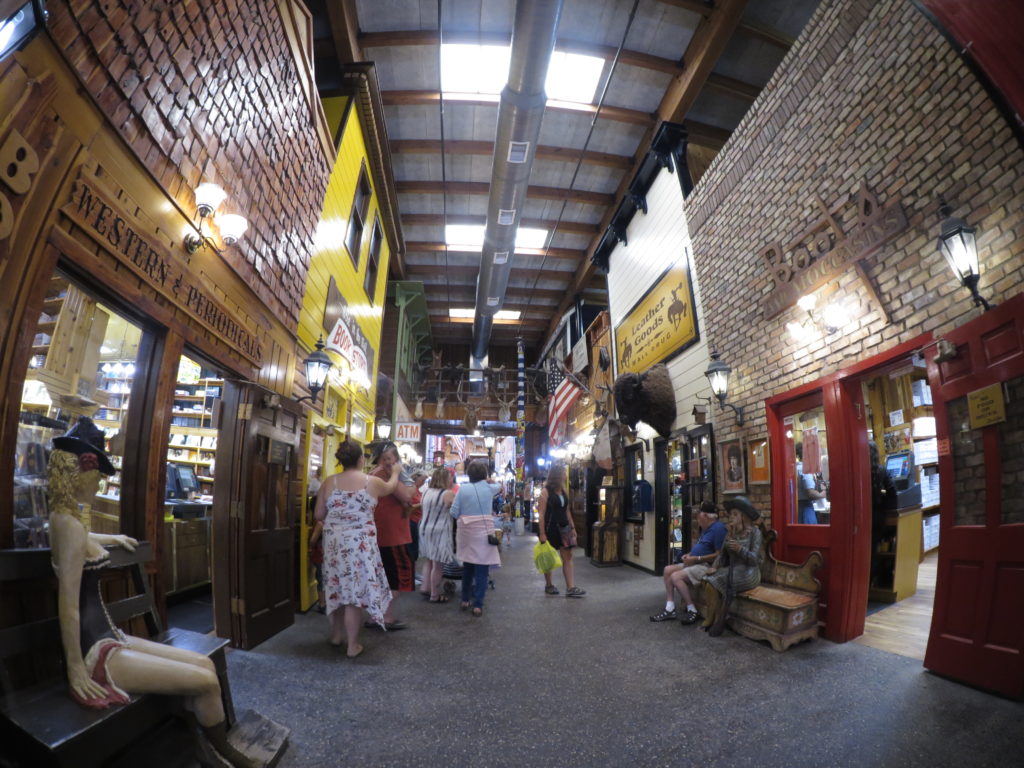
We departed the Badlands for the Black Hills situated on the western edge of South Dakota, heading to Custer State Park to search of the infamous bison…
